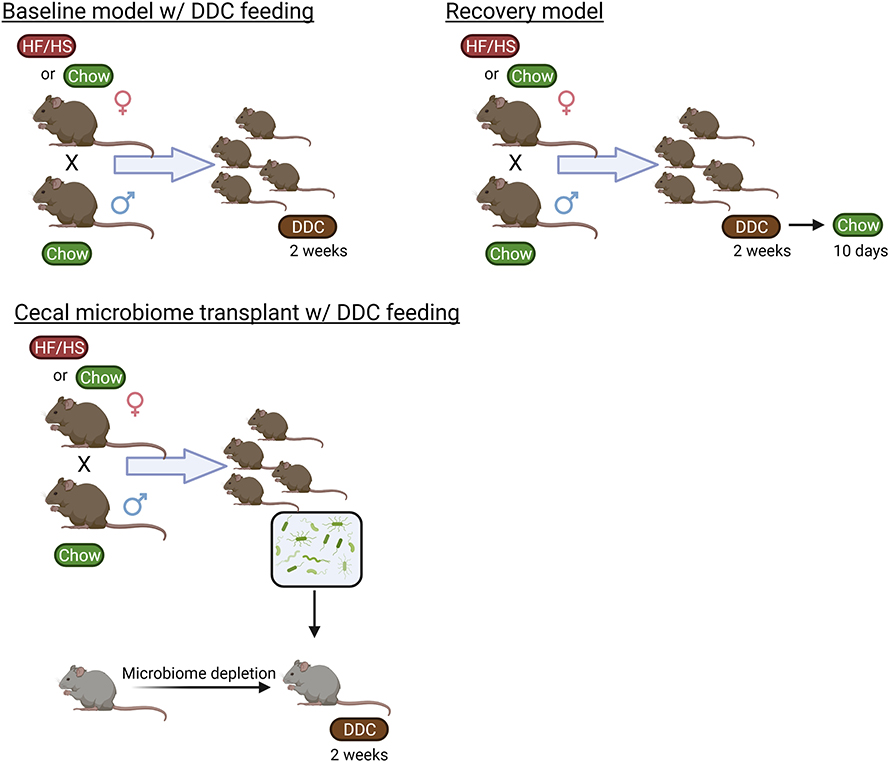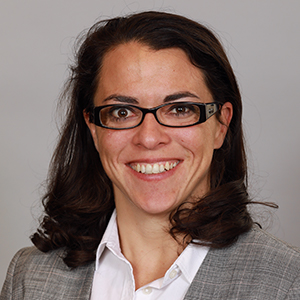Maternal diet’s effects on liver disease in offspring
More than half of people who become pregnant are overweight or obese at the time of conception, and obesity during pregnancy is associated with progeny who develop metabolic syndrome later in life.
Studies of humans and mammalian animal models have shown, for example, that high-fat diets during pregnancy and while nursing result in offspring more likely to develop nonalcoholic fatty liver disease and to have altered bile acid homeostasis.
Scientists at the Washington University School of Medicine in St. Louis recently undertook a study to learn more about how maternal obesity might influence the development of cholestasis, a liver disease for which therapies are limited.
In cholestasis, bile cannot reach the duodenum, the first portion of the small intestine, where it is supposed to facilitate food digestion. The disease can be brought on by several factors, including duct obstructions or narrowing, toxic compounds, infection and inflammation, disturbance of intestinal microbiota, and genetic abnormalities.
In their study, published in the Journal of Lipid Research, Michael D. Thompson and collaborators at Washington University fed female mice conventional chow or a high-fat, high-sucrose diet and bred them with lean males.
They fed the offspring DDC, which is short for 3,5-diethoxycarbonyl-1,4-dihydrocollidine, for two weeks to induce cholestasis. After this feeding period, the offspring ate conventional chow for 10 more days. They found that offspring from females on the high-fat, high-sucrose diet had increased fine branching of the bile duct and enhanced fibrotic response to DDC treatment and delayed recovery times from it.
Earlier this year, the team reported changes to offspring microbiome after maternal consumption of high-fat, high-sucrose chow, so they decided to feed antibiotic-treated mice cecal contents from the offspring that had been fed conventional chow or high-fat, high-sucrose, followed by DDC for two weeks. They found that cholestatic liver injury is transmissible in these mice models, further supporting the role of the microbiome in this disease.
For those reasons and others, a lot of research has been done and continues to this day on the effects of maternal diet on offspring.

Enjoy reading ASBMB Today?
Become a member to receive the print edition four times a year and the digital edition monthly.
Learn moreGet the latest from ASBMB Today
Enter your email address, and we’ll send you a weekly email with recent articles, interviews and more.
Latest in Science
Science highlights or most popular articles

Bacteriophage protein could make queso fresco safer
Researchers characterized the structure and function of PlyP100, a bacteriophage protein that shows promise as a food-safe antimicrobial for preventing Listeria monocytogenes growth in fresh cheeses.

Building the blueprint to block HIV
Wesley Sundquist will present his work on the HIV capsid and revolutionary drug, Lenacapavir, at the ASBMB Annual Meeting, March 7–10, in Maryland.

Gut microbes hijack cancer pathway in high-fat diets
Researchers at the Feinstein Institutes for Medical Research found that a high-fat diet increases ammonia-producing bacteria in the gut microbiome of mice, which in turn disrupts TGF-β signaling and promotes colorectal cancer.

Mapping fentanyl’s cellular footprint
Using a new imaging method, researchers at State University of New York at Buffalo traced fentanyl’s effects inside brain immune cells, revealing how the drug alters lipid droplets, pointing to new paths for addiction diagnostics.

Designing life’s building blocks with AI
Tanja Kortemme, a professor at the University of California, San Francisco, will discuss her research using computational biology to engineer proteins at the 2026 ASBMB Annual Meeting.

Cholesterol as a novel biomarker for Fragile X syndrome
Researchers in Quebec identified lower levels of a brain cholesterol metabolite, 24-hydroxycholesterol, in patients with fragile X syndrome, a finding that could provide a simple blood-based biomarker for understanding and managing the condition.

